Female lower back pain usually requires physical examination, imaging examination, laboratory examination, etc. Lower back pain may be related to factors such as lumbar muscle strain, lumbar disc herniation, gynecological diseases, etc. It is recommended to seek medical attention promptly to clarify the cause.

1. Physical examination
The doctor will use palpation to determine the tension, location of tender points, and degree of restricted movement of the lumbar muscles, and preliminarily identify skeletal muscle problems or visceral involvement pain. For example, lumbar percussion pain indicates vertebral body lesions, and a positive straight leg elevation test may indicate nerve root compression.
2. Imaging examination
X-rays can observe the bone structure of the lumbar spine, CT can clearly display disc herniation or spinal stenosis, MRI has high resolution for soft tissue, and is suitable for evaluating the compression of the spinal cord and nerve roots. Ultrasound examination is commonly used to screen for gynecological diseases such as pelvic inflammatory disease, ovarian cysts, and other related back pain.
3. Laboratory examination
Blood routine can detect signs of infection, elevated erythrocyte sedimentation rate indicates inflammatory response, and urine routine can differentiate urinary system diseases. Gynecological examinations, including routine vaginal discharge and HPV testing, can help diagnose gynecological causes such as cervicitis and endometriosis.
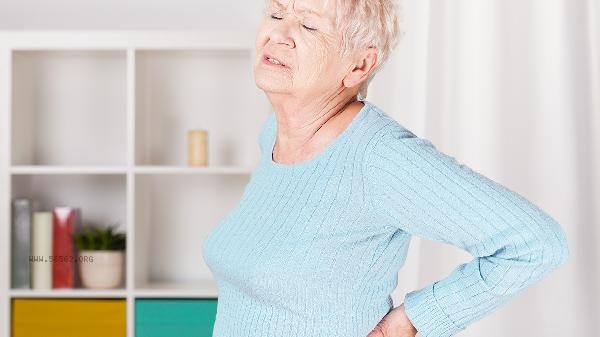
4. Special examination
Electromyography is suitable for neurogenic lower back pain, and bone density testing can diagnose osteoporosis. Laparoscopic exploration is used for suspected gynecological emergencies such as ectopic pregnancy and corpus luteum rupture, which can visually observe pelvic organ lesions.
5. Traditional Chinese Medicine Syndrome differentiation Examination
determines the type of Qi and Blood Stagnation or Kidney Deficiency syndrome through tongue and pulse diagnosis, and meridian examination can detect abnormalities in the bladder meridian or Du meridian. Cold and damp lower back pain is often accompanied by white and greasy tongue coating, kidney deficiency lower back pain is often accompanied by deep and thin veins, and the tongue is purple and dark in the Qi stagnation and blood stasis type.

It is recommended that women with lower back pain avoid prolonged sitting and standing, choose a hard bed for sleep, and pay attention to keeping their waist warm. During the acute phase, hot compress can relieve muscle spasms, while for chronic pain, moxibustion can be attempted at acupoints such as Shenshu and Mingmen. You can practice the Eight Section Brocade technique of "climbing with both hands and feet to strengthen the kidneys and waist" in daily life, and add kidney tonifying ingredients such as black beans and walnuts to your diet appropriately. If the pain persists for more than a week or is accompanied by symptoms such as numbness in the lower limbs or menstrual abnormalities, seek medical attention immediately.

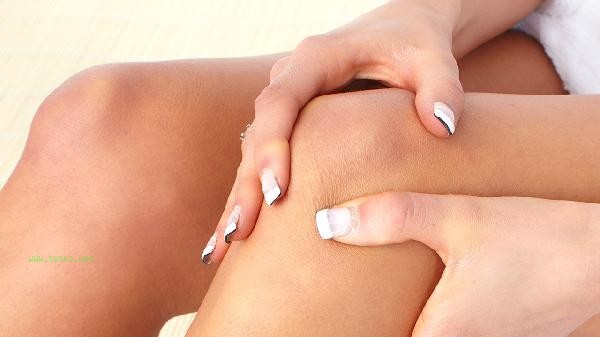
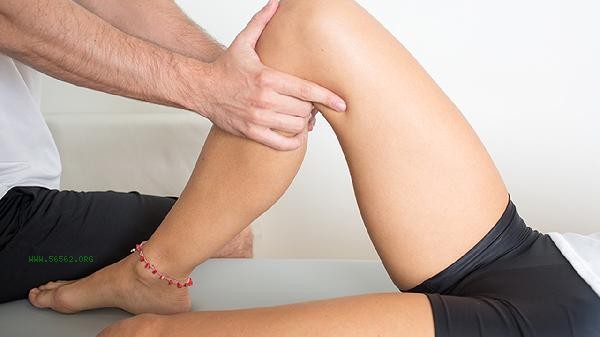
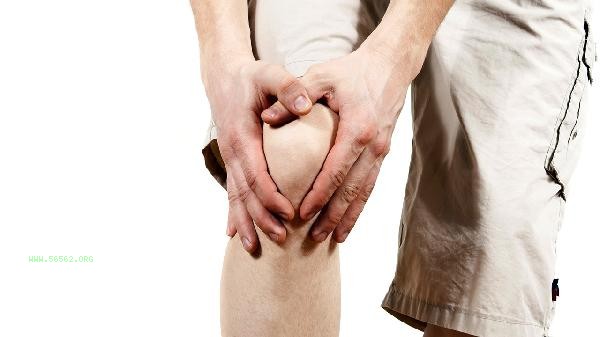

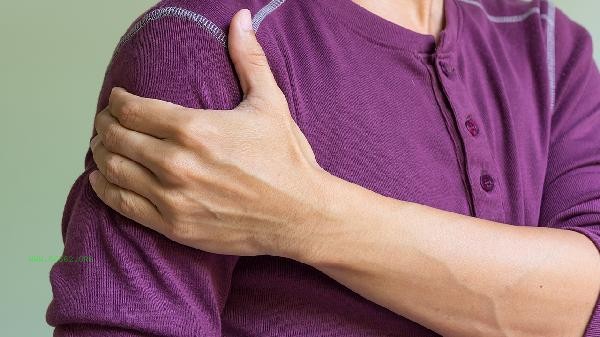


Comments (0)
Leave a Comment
No comments yet
Be the first to share your thoughts!